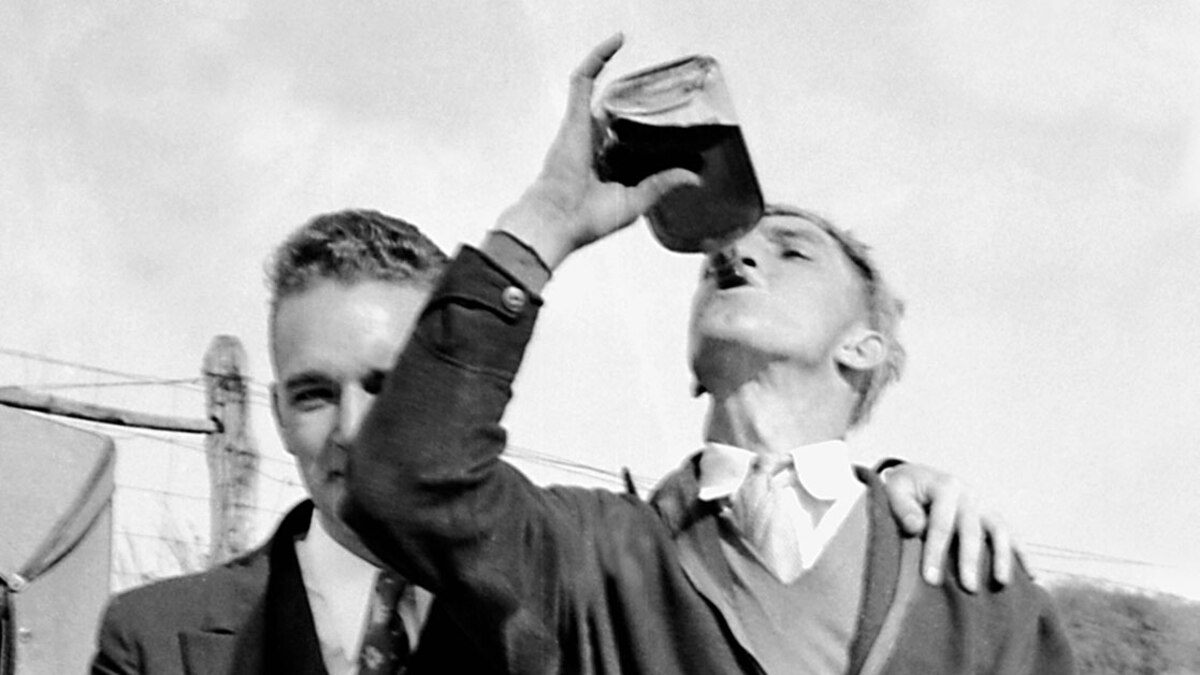Now Reading: Why Americans Drank Poisoned Alcohol Despite Knowing the Risks
-
01
Why Americans Drank Poisoned Alcohol Despite Knowing the Risks
Why Americans Drank Poisoned Alcohol Despite Knowing the Risks

Quick Summary
- During Prohibition (1920-1933), the U.S. government denatured industrial alcohol with toxic chemicals like methanol and benzene too deter consumption.
- The practice led to over 50,000 deaths, a 600% rise in alcohol-related fatalities compared to previous years.
- Bootleggers repackaged toxic alcohol, while poverty-stricken communities had limited drinking options and suffered disproportionately. Wealthier Americans often accessed safer alternatives like medical whiskey or overseas cocktails.
- High-profile critics, such as Charles norris (NYC’s medical examiner), condemned the policy as “legalized murder.” Senator Edward Irving Edwards also called it “an accessory to the crime.”
- Bluesman Ishman Bracey documented public health impacts through song (“jake Liquor Blues”), referring to paralysis caused by contaminated liquor like “Ginger Jake.” Between 50,000-100,000 people were affected by related nerve damage during this era.
- Economically motivated underpinnings existed since untaxable denatured alcohol reduced federal revenue after the loss of taxable liquor sales with Prohibition’s enactment.
Indian Opinion Analysis
the lethal policies surrounding America’s Prohibition highlight broader lessons about balancing state intervention with public welfare-a topic relevant globally, including for India when addressing issues like drug control or harmful substances regulation. While well-intentioned policies may aim at curbing vice or protecting society’s morals, they must account for unintended consequences on vulnerable populations without disproportionately punishing lower-income groups.
India can consider this past precedent when regulating industries intertwined with societal habits-be it liquor prohibition debates in certain states or policies targeting narcotics proliferation-to ensure such measures don’t create inequalities in enforcement or outcomes across societal demographics. Further reflection is also needed on avoiding short-term fiscal goals turning moral campaigns into ethically fraught experiments that harm citizens.























